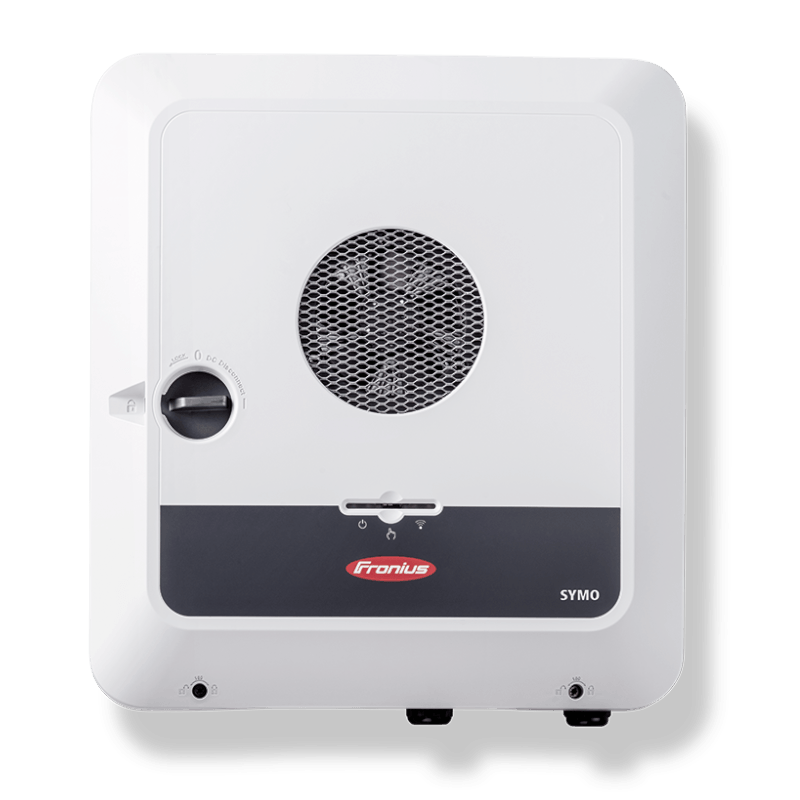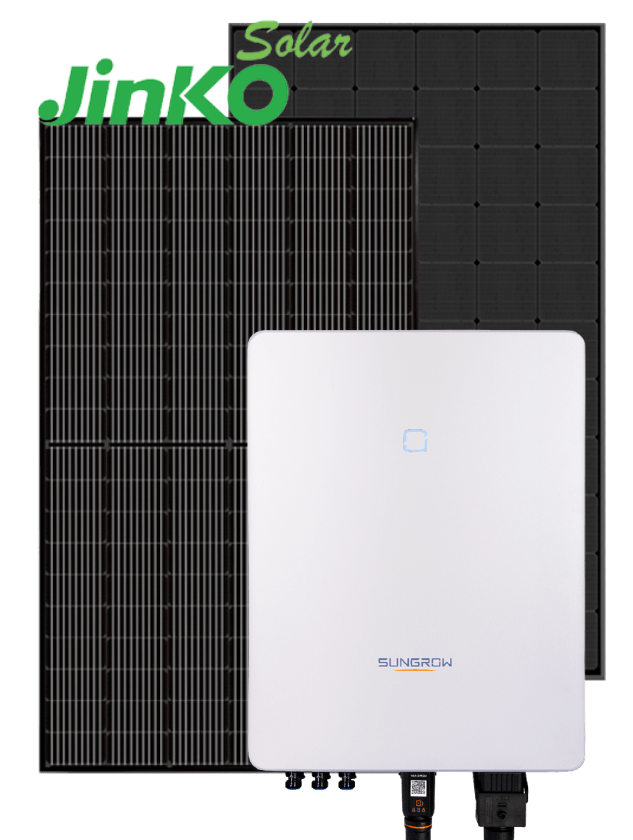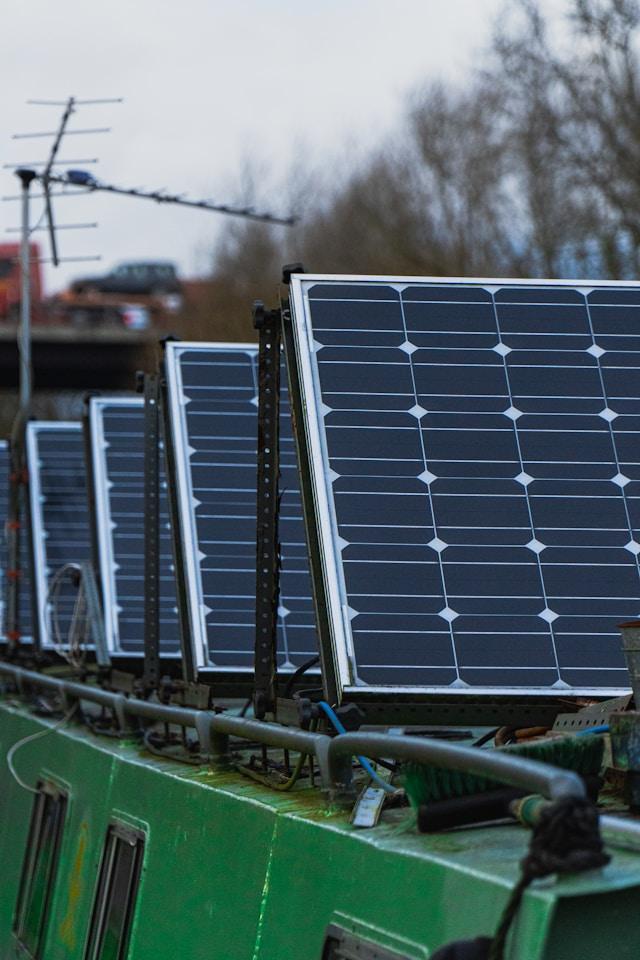
10 kW Solar System: Efficient Power for Your Home or Business

A 10 kW solar system can really help cut down your electricity bills by producing a lot, if not all, of the power you need, which means you can save a lot of money over time.
With an 8 kW inverter, a 10 kW system can produce about 45 kWh of energy each day on average throughout the year.
But remember, every home is different, just like your own fingerprint, so energy use varies from one place to another.
If your solar system makes more energy than you use, you can send that extra power back to the grid and earn money through feed-in tariffs, which helps lower your energy expenses even more.
Sales support can help you figure out how much you might save by looking at your past energy bills. The more bills you share, the better the estimate will be, thanks to some cool software that analyzes your usage.
This customized method makes sure you get the best idea of how much a 10 kW system can save you.
Attractive Return on Investment (ROI)
A 10 kW solar system can save you a lot on energy bills and even help you earn money through feed-in tariffs, so it usually pays for itself in just a few years.
Having solar power at your home or business can make it more attractive to buyers, which might raise your property’s value.
If you combine a 10kW system with a battery, you can store extra energy made during the day to use at night or when it’s cloudy, which means you won’t need to rely on the grid as much.
Absolutely! All of our solar panels are fully certified by the Clean Energy Council (CEC), which means they meet the highest standards for quality, performance, and reliability.
This ensures that our customers get the best solar products that follow Australian safety and efficiency regulations.

FAQs – 10 kW Solar System
A 10kW solar system can generate around 35–44 kWh per day, depending on factors like location, weather conditions, and panel efficiency.
Description for this block. Use this space for describing your block. Any text will do. Description for this block. You can use this space for describing your block.
A 10kW system typically requires 50–60 square meters of roof space, depending on panel size and layout
The price varies based on panel brands, inverter type, and installation factors. Contact Ultimate Energy Australia for an accurate quote with available rebates and financing options.
A 10kW system is ideal for large households (5+ people) or businesses with high energy consumption, especially if daily electricity usage exceeds 30 kWh.
Government rebates like the Small-Scale Technology Certificates (STCs) can significantly reduce upfront costs. Feed-in tariffs also allow you to earn credits for excess energy exported to the grid.
Yes! Adding a solar battery enhances energy independence by storing excess solar power for nighttime or backup use.
Installation typically takes 1–2 days, depending on site conditions and system complexity.
Ultimate Energy Australia provides:
- 25-year performance warranty on panels
- 10-year warranty on inverters
Local Australian warranty support for all products
Savings depend on energy usage and electricity rates, but a 10kW system can cut power bills by up to 70–90% when paired with an optimized setup.
The price of a 10 kW solar system with a battery varies based on factors such as panel and battery brands, inverter type, installation complexity, and available government rebates..
The best 10 kW solar system depends on panel efficiency, inverter quality, warranty, and overall performance.
A 10 kW solar system typically requires a 8kW, depending on system design and grid regulations. A hybrid inverter is recommended if adding battery storage.
A 10kW solar system means the system can produce up to 10 kilowatts of power per hour under optimal conditions
A 10kW solar system can produce around 35–44 kWh per day, depending on sunlight and location.
The price of a 10kW solar system in Melbourne typically ranges from $12,000 to $15,000, depending on the brand and installation specifics.
Want to learn more? Get in touch with Ultimate Energy Australia for expert advice and a free quote!


